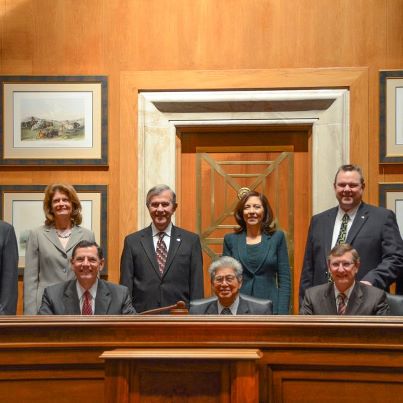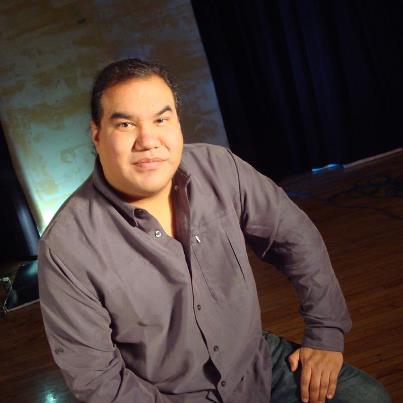During the month of November, the United State Senate Committee on Indian Affairs honored Native Americans, Alaska Natives, and Native Hawaiians who have excelled in their respective fields. These individuals have demonstrated an exemplary
... commitment to excellence and have shown us all that it is possible to succeed despite seemingly insurmountable odds.
Today, we would like to recognize our honorees one more time. Thank you to: the Chairmen of the Senate Committee on Indian Affairs, Billy Frank, Jr., Charlie Hill, Kateri Tekakwitha, Edward K. Thomas, Duke Kahanamoku, Richard Milanovich, Suzan Shown Harjo, Hattie Kauffman, the Black Lodge Singers, Sam Bradford, Lori Ann Piestewa, Bruce “Two Dogs” Bozsum, Shoni and Jude Schimmel, Mary Golda Ross, Russell Means, Jana Mashonee, Israel “IZ” Kamakawiwoʻole, Mary Kim Titla, Sherman Joseph Alexie, Jr., Earl Barbry, Irene Bedard, Oren R. Lyons, Kyle Lohse, Chris Eyre, Maria Martinez, N. Scott Momaday, the Iroquois Nationals, the Native American Ballerinas, and Floyd Red Crow Westerman. You have inspired all of us.
See More





























